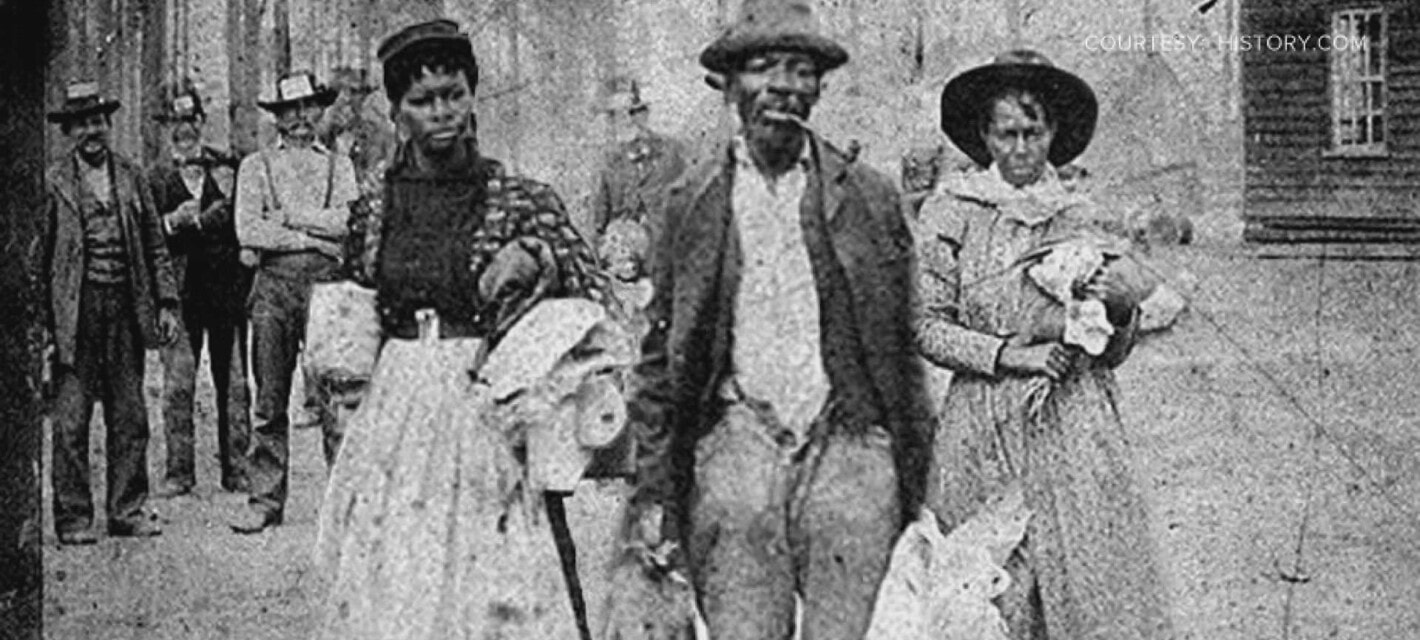Government power is often on such a scale that is hard to conceptualize. There is nothing – not even giant multinational mega corporations – to compare it to. Government is so powerful it can literally kill you, and go about its merry way without even noticing what it had done. So when governments screw up – or deliberately act badly – the negative consequences can be quite severe. Take the time Georgia officials turned a blind eye to racist rioters who ethnically cleansed an entire county of its black population. Or the centuries throughout which the Russian government deliberately promoted widespread alcoholism among the population because it relied heavily upon vodka taxes. Below are thirty things about those and other government missteps, screw-ups, and downright evil acts.

A Beautiful Lake Whose Waters Cover an Ugly Past
Lake Lanier is a 38,000 acre artificial lake about 45 miles north of Atlanta, GA, that was filled when the Chattahoochee River was dammed in the 1950s. It was originally created by the US government to provide hydroelectricity, ease navigation, and help with flood control. Its reservoir, a significant water source for Atlanta’s burgeoning population, supplies not just Georgia residents, but those of Florida and Alabama as well. With a shoreline of almost 700 miles, the lake has become a scenic spot that attracts about ten million tourists per year. Few of them know that its waters cover a tragic story. Lanier lies atop what had once been a thriving black community, whose members were violently forced out of their homes in the early twentieth century.

In 1912, Oscarville, in Forsyth County, GA, was a thriving black community of about 1100 souls. It included farmers who owned or rented their land, craftsmen, and other laborers. Over 300 black kids were enrolled in a local school. Churches collected tithes, organized picnics, and overall, Oscarville was a relatively prosperous community. That prosperity annoyed many of Forsyth County’s whites. One such wrote the local newspaper to decry the fact that so many black kids attended school, while many white children did not. He feared that black children who attended school might become eligible to vote, while the children of white farmers who did not attend school might become ineligible to vote. As seen below, such resentments eventually exploded into violence, that culminated in the ethnic cleansing of Oscarville.

